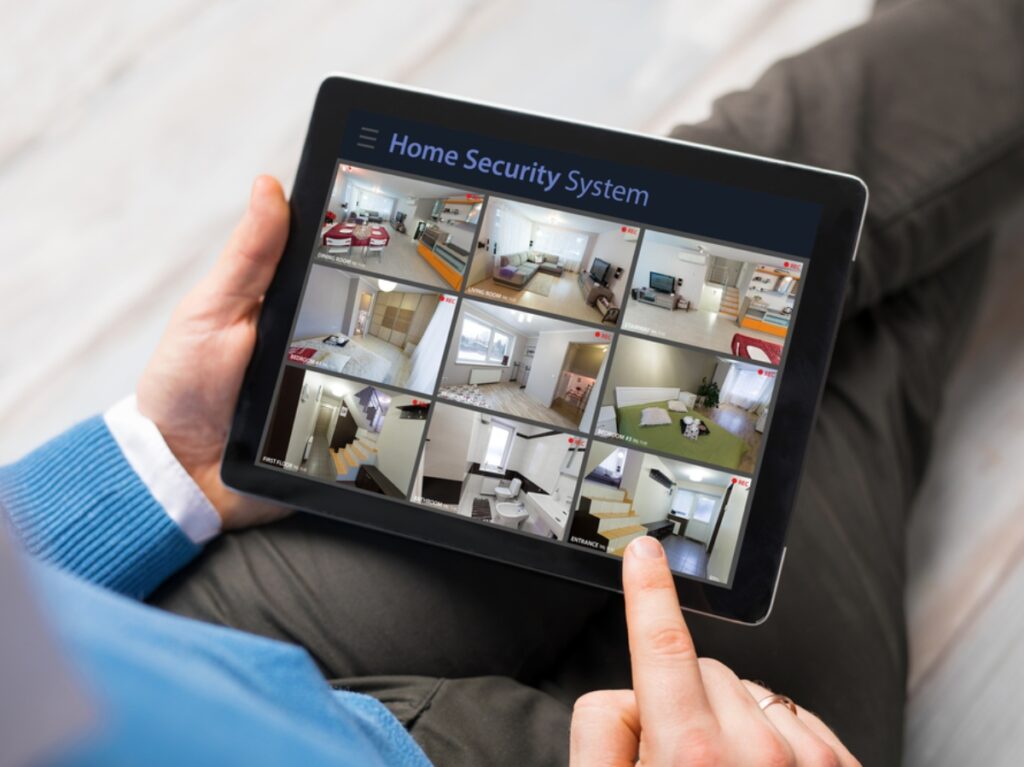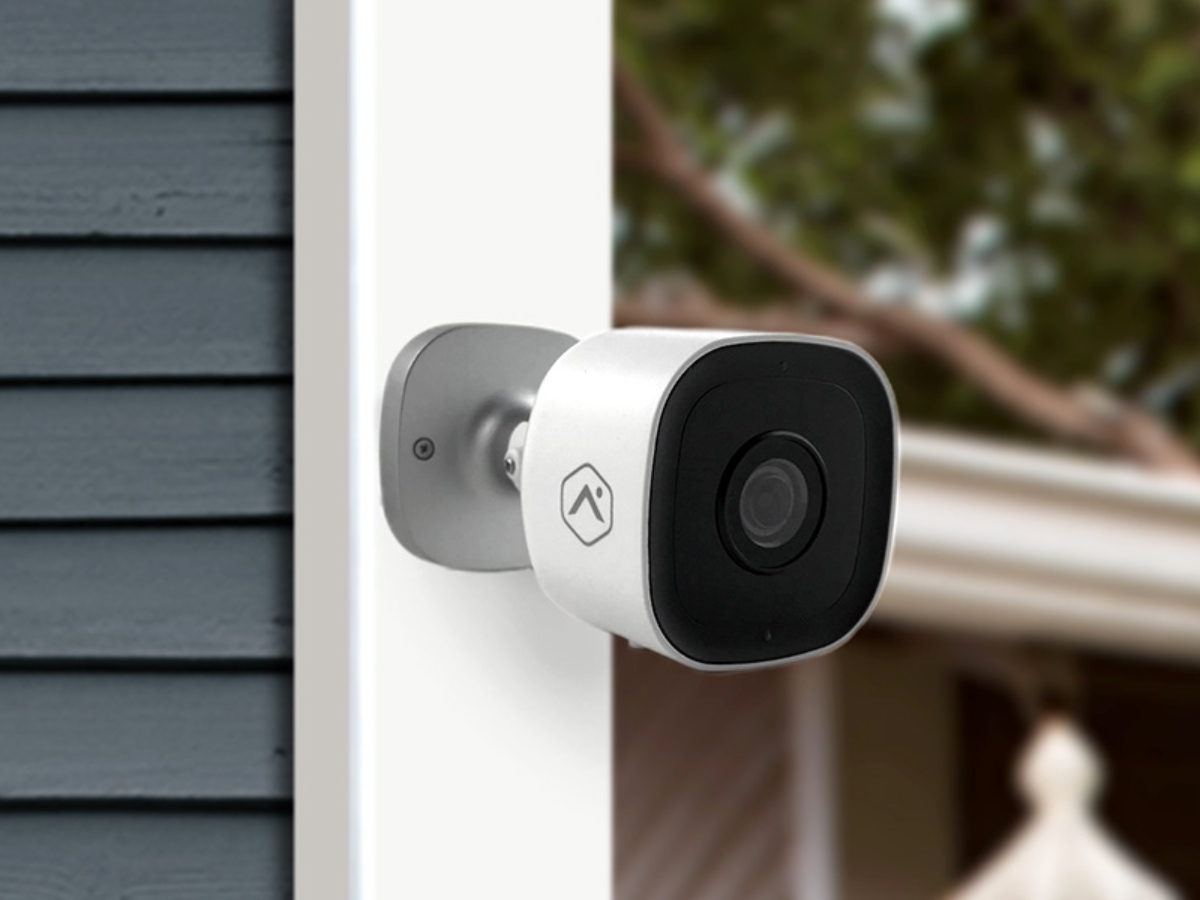The home security camera market continues to gain traction as more homeowners choose to safeguard their homes. It’s essential to consider some features when picking a security camera. One crucial feature is video motion detection (VDM), as it enhances the efficiency and effectiveness of security systems. VDM detects and captures any movement within the set field of view. In this article, we dive deeper into the VMD feature and guide you on how to set it up.
What Is Video Motion Detection?
Video motion detection is a technology in security cameras that senses movement within a camera’s field of view. It works by analyzing changes in pixel values for consecutive video frames. If the VMD feature detects a significant change in the pixel values, it interprets it as motion. VDM identifies motion from vehicles, people, animals, and any other object in motion. Once the camera detects motion, it can trigger specific actions, such as video recording. VMD can also send alerts to connected mobile devices or monitoring centers, activate an alarm, switch on the lights, or initiate other security measures.
As technology keeps evolving, experts are finding new ways to improve motion detection features in security cameras. This includes smart motion detection that helps minimize false alerts. Smart motion detection can easily differentiate between human, vehicle, and animal shapes. Security cameras’ video motion detection feature helps you customize your settings to meet your unique security needs. For example, you can adjust the sensitivity level. High sensitivity means a slight change in pixel levels (even by insects or leaves) is interpreted as motion. Medium sensitivity can trigger motion from small animals or medium-sized objects, while low sensitivity detects motion from people, vehicles, or other large objects in motion.

Benefits of Enabling Video Motion Detection
Enabling your security camera’s video motion detection has numerous benefits, from improved security to energy efficiency and cost-effectiveness. Let’s look at some benefits of activating motion detection:
Improved Security
It’s easy and quick to identify suspicious activities when you enable VMD on your security cameras. As a result, you can wade off potential intruders and prevent vandalism, theft, and any other criminal activity at your home or business. Furthermore, you can monitor your home 24/7, whether home or away, providing peace of mind.
Reduction of False Alarms
Traditional security systems rely on contact sensors installed on windows or doors, which are easily prone to false alarms. Pets, loose sensors, and environmental factors like dust can easily trigger the sensors. You can eliminate false alarms by enabling a motion detection feature on your security camera, which detects actual motion events. VDM can reduce false triggers caused by environmental factors, pets, and other non-motion objects.
Resource Optimization
Since VDM records video and sends alerts only when it detects motion, you can save storage space on your recording device and bandwidth on your network. As a result, you can keep important footage longer and access it easily. Furthermore, when your security camera detects actual motion, you will reduce the time, effort, and resources you could have otherwise dedicated to responding to false alerts.
Quick Incidence Response
Video motion detection features improve response time. Enabling this feature allows for real-time alerts, which help you or your security personnel respond swiftly. As a result, you can prevent or minimize potential threats or damages.
Cost-Effectiveness
Enabling motion detection on your security camera minimizes the need for continuous recording, which requires a lot of space and bandwidth. Minimizing the need for these things leads to cost reductions. Furthermore, reducing resources that respond to false alarms can be cost-saving. Plus, the overall efficiency optimization of your security operations brought about by enabling VDM can improve your security system’s performance, resulting in an overall cost reduction.

How to Set Up Video Motion Detection
To configure a VMD recording rule using the Customer Website:
- Log into the Customer Website.
- Click Video.
- Click Recording Rules.
- Click Add New Rule.
- Click to select Video Motion Detection (VMD).
- Name the recording rule for easier identification later.
- Select the desired video device using the “Record a Clip When” dropdown menu.
- Select the desired VMD windows that should trigger the recording using the In These VMD Windows dropdown menu.
Note: The option to choose which VMD windows trigger a recording is unavailable for the ’25, ’26, and ’36 series cameras. These cameras’ rules will trigger a recording whenever VMD windows detect motion.
- During this time frame, click to select when the rule can be triggered.
- Use the “Minimum delay between camera-triggered clip uploads” dropdown menu, and select the desired time lapse before another clip is triggered.
- If you desire, click to choose any of the options available in the At home settings. These options include:
- Don’t record when the system is Disarmed.
- Don’t record when any of the Geo-Devices are inside Geo-Fence.
- Don’t record when the system is Armed Stay.
- To enable notifications for Video Clip Recipients, click the “Add” button. This will allow the user to receive notifications.
- Choose any entries from the Address Book to get notified, or click “New” to create a new Address Book entry.
- Click Close.
- Ensure the recording rule is set up with the desired settings and configurations.
- Click Save Rule.
Tricks for Maximizing the Benefits of Motion Detection
You can try some tricks to ensure you get the best results from your security system’s video motion detection feature. They include:
Proper Placement
The placement of your cameras determines their effectiveness. For example, the best place is to place the camera near your home’s entry points and consider the range and angle of detection. Avoid placing your cameras facing busy streets to minimize false alerts.
Adjust Sensitivity Levels
By experimenting with different sensitivity levels, find the right balance that detects actual motion while reducing false triggers.
Set Motion Zones
Creating motion-detecting zones allows you to focus on specific areas of interest, ensuring your camera only captures what is necessary for your security needs.
Utilize Advanced Features
We recommend using advanced features available with VMD, such as object size filtering and object tracking. These features can help fine-tune the accuracy of video motion detection and provide relevant data for analysis.
Regular Maintenance and Testing
After the initial setup and installation, you must regularly check on the camera positioning to ensure no obstructions are there. Furthermore, regular reviewing and analyzing recorded footage can help identify events that may have caused false alarms or missed events. This helps you adjust your camera’s positioning or VDM settings to capture what matters to you most.

Who Needs a Home Security Camera With Motion Detection?
Home security cameras with motion detection are great for different scenarios, including:
- Keeping your loved ones and home safe.
- If you want to monitor package delivery
- Keeping tabs on your kids or pets while you’re away.
- If you frequently travel or have a vacation home
- Collecting valuable evidence for law enforcement or insurance purposes
Frequently Asked Questions (FAQs) About Video Motion Detection
Here are some common questions on video motion detection:
Does Video Motion Detection Work at Night?
Yes. Video motion detectors work at night since the cameras have infrared (IR) or night vision capabilities. These features allow your camera to detect movement and record video even in low light.
Can I Schedule When the Video Motion Detection Is Active?
Many security cameras with motion detection allow you to schedule when the video motion detection is active. For example, you can turn off alerts for a given time when your children are playing outside. However, it’s important to note that the camera will still be recording even if you turn off motion alerts.
What to Consider When Setting up Security Cameras for Optimal Motion Detection
Some things to consider when setting up your security camera to ensure effective motion detection include coverage areas, camera height and angle, and motion detection zones. You should also consider the camera’s sensitivity, type, and obstructions.
What to Do in Case of Technical Difficulties While Setting up Video Motion Detection
The first thing to do is check your user manual for troubleshooting guidelines. If the troubleshooting tips don’t work, contact the manufacturer or consult a professional.
Stay Alert and Secure With Video Motion Detection
A security camera with video motion detection helps you stay on top of things happening in your home. They detect motion in their field of view, sound an alarm, and send you real-time alerts. As a result, you can prevent theft, vandalism, or other criminal activity from happening in your home. Proper installation is crucial for the camera to function effectively, and here is where ONIT Home comes in. Besides providing you with a high-quality security camera with a motion detection feature, we also provide professional installation at an affordable price. We also offer 24/7 professional monitoring, ensuring your home is constantly monitored.
Visit us online today or call us at 1-833-433-0331 for more information from our experts. Need home security? We’re ONIT!



